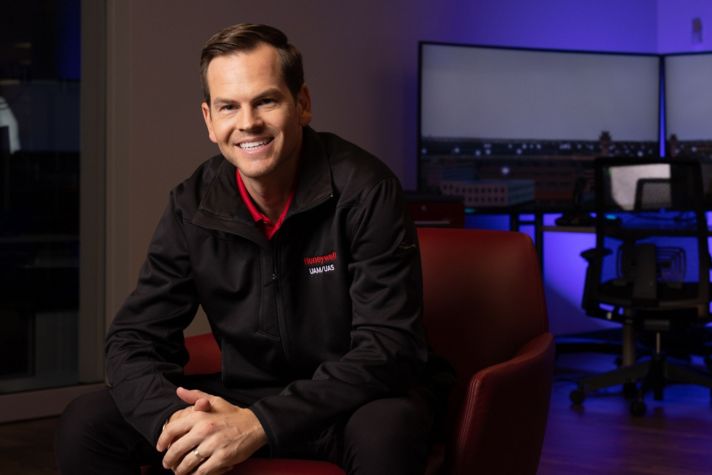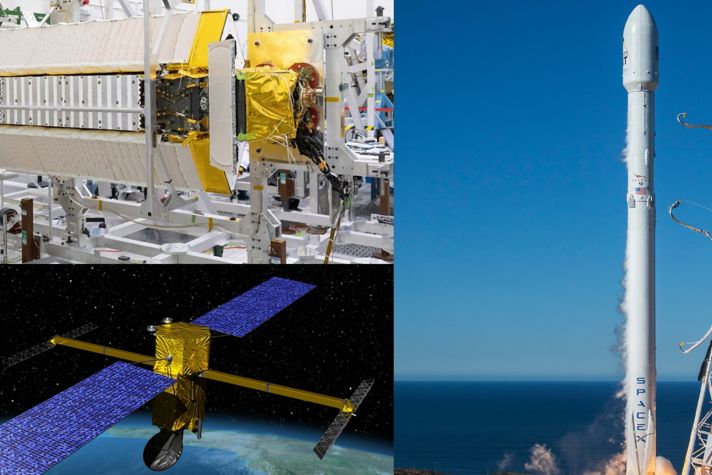-
 Global
Global-
Africa
-
Asia Pacific
-
Europe
-
Latin America
-
Middle East
-
North America
- |
- BUSINESSES
- |
- Contact
- |
-
 Global
Global-
Africa
-
Asia Pacific
-
Europe
-
Latin America
-
Middle East
-
North America
- |
- BUSINESSES
- |
- Contact
- |
You are browsing the product catalog for
- News
- Breaking the Glass Orbit: Get Inspired by the All-Female Spacewalk
Breaking the Glass Orbit: Get Inspired by the All-Female Spacewalk
Three women engineers discuss the significance of the out-of-this-world event
October 15, 2019
When engineer Sherry Akins began college to study electrical engineering in 1991, there were only two other women in her class.
Nearly three decades later, a first all-female spacewalk took place on Oct. 18, 2019, highlighting women in Science, Technology, Engineering and Math (STEM) careers.
Sherry said she can relate to the astronauts because she works in a field that has been traditionally occupied by men.
“There’s constantly the challenge to show them that you’re just as smart, if not smarter, than they are,” Sherry said.
Only 35.5 percent of bachelor’s degrees in STEM fields in the United States were earned by women, according to Catalyst, a global nonprofit that works to advance women in the workplace.
Sherry Akins is based in Clearwater, Florida and has worked for Honeywell for 23 years.
Sherry makes computers that tell rockets where to aim and process data that satellites collect as they orbit Earth.
She compared the spacewalk as a trailblazing event similar to the first women to join the military or first women to become firefighters
The all-female spacewalk was originally scheduled for March, but was canceled after there were not two spacesuits that fit both women.
On Friday Oct. 18 at about 7:50 a.m. Eastern, NASA astronauts Christina Koch and Jessica Meir ventured outside of the International Space Station to upgrade its power system, according to NASA.
The spacewalk will inspire future generations, said engineer Cinthya Tang who works in aerospace.
Cinthya Tang at a space museum with the Curiosity Mars rover.
“Women are fully capable of doing things themselves and taking care of themselves and getting something done,” said Cinthya.
She works on computers for the International Space Station and on human spacecrafts going to Mars.
"The spacewalk sets a great path and inspiration for future women,” Cinthya said.
The interest in this mission highlights the importance of representation, said engineer Amanda Childers.
“Saying to young girls ‘You can do anything,’ is great,” Amanda said. “But it only gets us so far because there are implicit discouraging messages that come across when you don’t actually see someone who looks like yourself in those fields.”
Girls will now grow up in a world where an all-woman spacewalk will not be novel, added Amanda, who works on systems that help astronauts breathe in space.
Amanda Childers with coworkers who work on making it possible to breathe on Mars.
“Being able to see yourself in a role is so important, not only to women, but also to people of color and people from different backgrounds,” she said. “Companies and society as a whole benefit when we have a larger talent pool from which to draw.”
Amanda also emphasized that while historic, the women astronauts completing the spacewalk were chosen because they are capable.
“They are professionals – their first priority is doing their job that they were trained to do.”
Photo (top of article): In this historical NASA image, female astronaut Peggy Whitson is pictured on a spacewalk.
Copyright © 2024 Honeywell International Inc.




